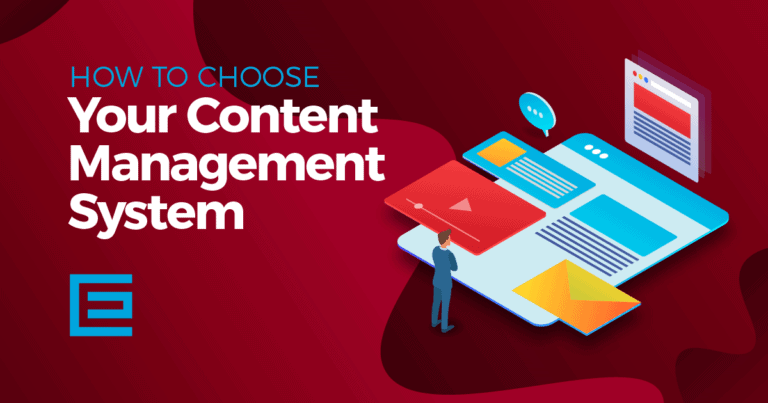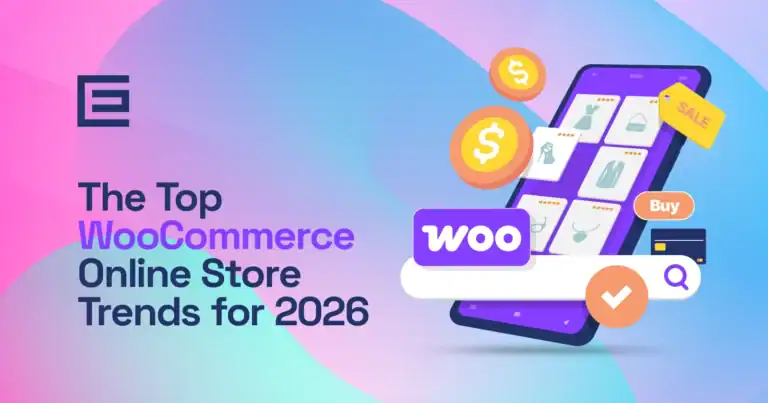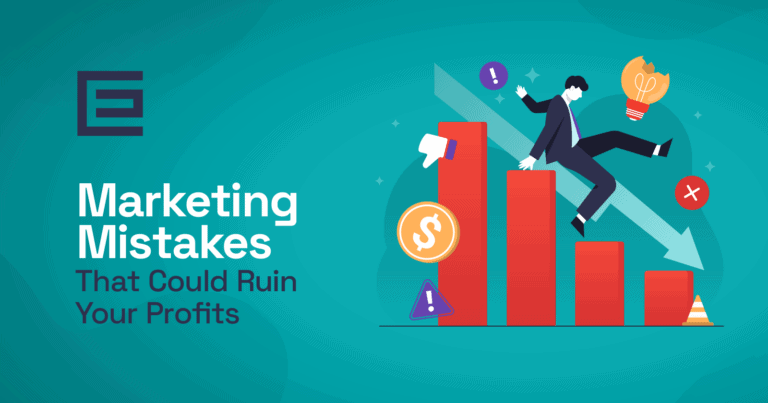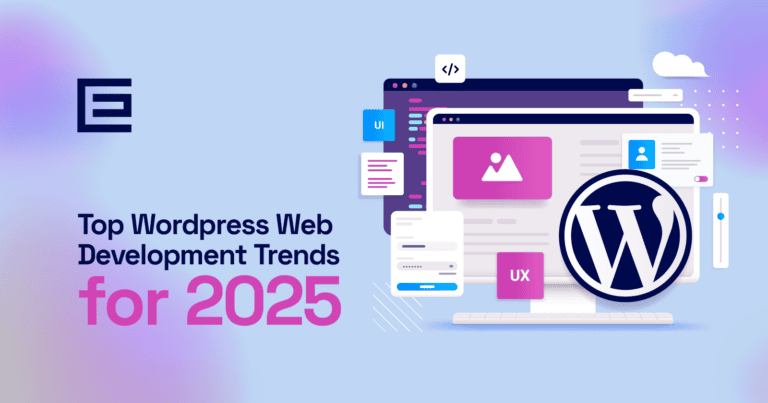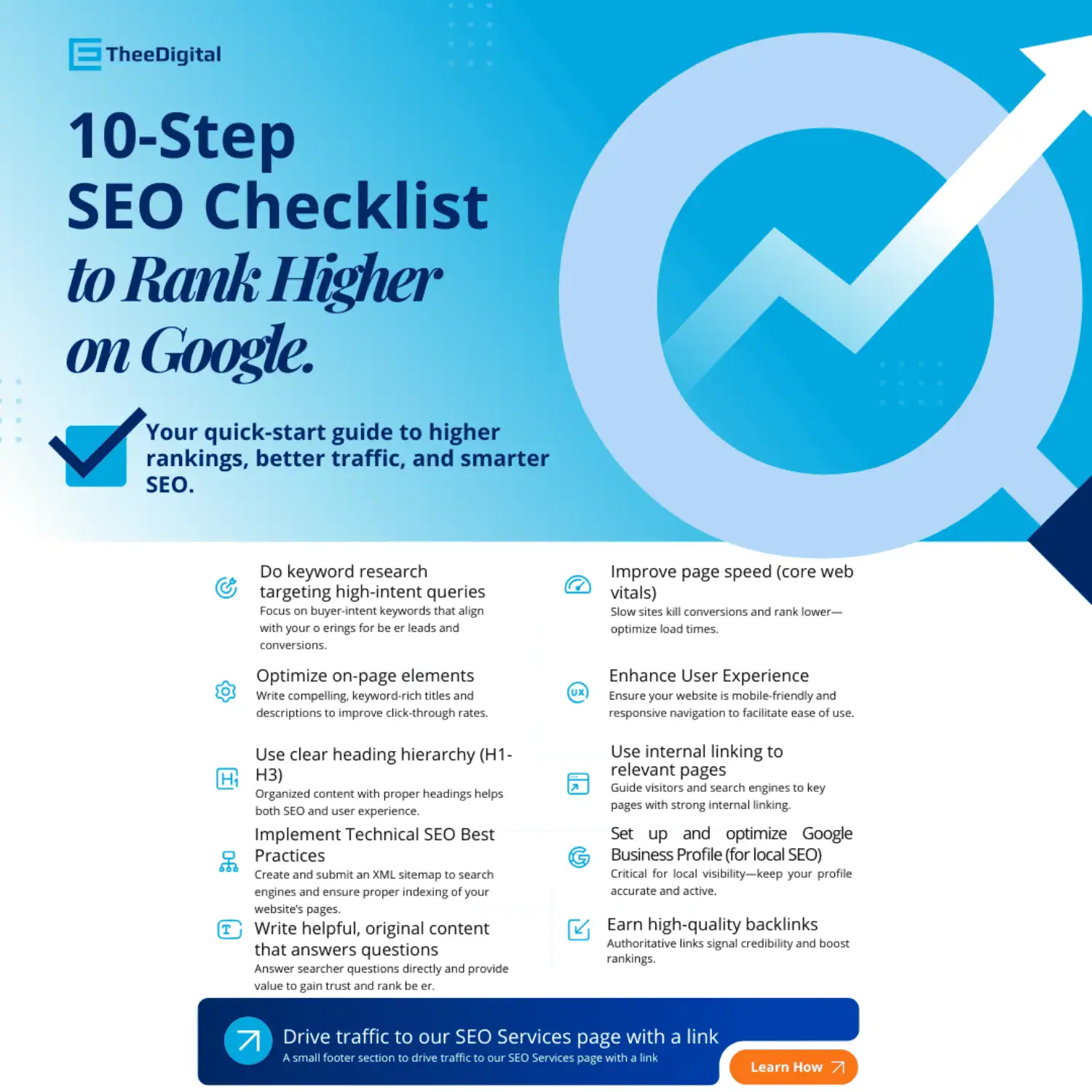Do you need help preparing for 2026’s inbound marketing trends? We have you covered! Based on what data has shown us over the past few years, we’re predicting what the 2026 inbound marketing trends will produce – and how generative AI, video content, and automation are reshaping the digital ecosystem.
What Is Inbound Marketing?
Inbound marketing is a methodology that focuses on content creation to attract audiences and move them through your sales funnel. The goal is to create evergreen content that connects you to your customers and builds long-lasting relationships.
Inbound marketing aims to pull potential customers toward a brand organically. This methodology focuses on building meaningful relationships with the audience through various channels such as video content, social media, and search engine optimization (SEO).
By providing valuable content that addresses the needs and interests of the target audience, inbound marketing aims to establish trust, credibility, and brand loyalty over time.
Examples of Inbound Marketing Assets:
- Blog Posts: Regularly publishing informative and relevant blog content helps attract visitors to your website, improves search engine rankings, and establishes your brand as an industry authority.
- Social Media Content: Sharing valuable content on platforms like Facebook, Twitter, LinkedIn, and Instagram helps increase brand visibility, engage with your audience, and drive traffic to your website.
- Ebooks and Whitepapers: In-depth, downloadable resources provide value to your audience and can be used as lead magnets, requiring visitors to provide their contact information in exchange for the content.
- Infographics: Visual content, such as infographics, can simplify complex information and make it more shareable, increasing your content’s reach and engagement.
- Webinars: Hosting webinars allows you to share knowledge, interact with your audience in real time, and position your brand as an expert in your field.
- Podcasts: Creating audio content through podcasts can reach audiences on the go, providing insights, interviews, and discussions relevant to your industry.
- Email Campaigns: Sending targeted and personalized emails helps nurture leads, provide valuable information, and guide potential customers through the sales funnel.
- SEO-Optimized Content: Optimizing website content for search engines helps improve organic visibility, making it easier for potential customers to find your business when searching online.
- Case Studies: Sharing success stories and real-world examples of how your product or service has benefited customers can build credibility and trust.
- Interactive Content: Quizzes, calculators, and interactive tools can engage your audience and provide personalized experiences, encouraging longer interactions with your brand.
Top Inbound Marketing Trends & Predictions
Now that you understand what inbound marketing is and the various ways in which you can build out your strategy, let’s check out some of the common inbound marketing trends!
- 1Short-Form Video Content & Distribution
- 2Multi-Platform Searching
- 3Influencer Marketing and Social Media
- 4Review Platforms
- 5 AI-Powered Chat and Messaging Solutions
- 6Interactive Walkthroughs
- 7Case Studies and Website Content
- 8Marketing Automation Gets Smarter
- 9Strategic Agency Collaboration
- 10Final Word: Inbound Marketing Trends

1. Short-Form Video Content and Distribution
Short-form video content continues to dominate inbound marketing in 2026, evolving beyond just entertainment to become a crucial tool for business growth and customer engagement. While platforms like TikTok pioneered this format, it’s now the primary way customers expect to receive information across all industries and demographics.
The key platforms for inbound marketing video content in 2026 are:
- TikTok: Perfect for educational and tutorial content
- Instagram Reels: Ideal for brand storytelling and quick tips
- YouTube Shorts: Effective for product demonstrations and how-tos
- LinkedIn Video: Growing rapidly for professional industry insights
Video content remains one of the highest ROI channels for B2C brands, and in 2026, businesses are adapting to shorter attention spans by delivering their message in more digestible formats. While traditional long-form content like webinars and detailed tutorials still have their place, successful inbound marketing strategies now focus on delivering value in brief, impactful video segments that match modern viewing habits.
Businesses across all sectors – from law firms to healthcare providers – are using these platforms not just for brand awareness, but as powerful educational tools. The key is finding the right balance: ultra-short content for initial engagement, backed by more detailed video resources for those who want to dive deeper.
AI Video Ads
By 2026, it is projected that GenAI will power 40% of all video ad creation. This is a game-changer for SMBs, which can create high-quality videos faster and cheaper than having to outsource to production studios.
While creating great video content is crucial, the real power in 2026 lies in strategic cross-channel distribution.
Video Marketing Across Channels
Here’s how to maximize your video content’s reach in 2026:
- Distribute strategically across platforms:
- YouTube for detailed content and searchability
- TikTok and Instagram Reels for quick engagement
- Join and engage in Reddit communities
- LinkedIn for professional insights
- Facebook for community building
- Twitter for news and updates
- Optimize for each platform’s search algorithm:
- Create platform-specific versions of your videos
- Use native tools and features for each platform
- Adapt your content length and style accordingly
- Cross-promote across channels:
- Share YouTube links in your email newsletters
- Embed videos in your blog posts
- Cross-post between social platforms when appropriate
- Use snippets to drive traffic to full-length content
2. Multi-Platform Searching
Search has long ceased to be a singular destination. Now, with AI in the mix, there’s a complete behavioural shift that changes how we approach discovery, intent, and content visibility. While Google is still “king”, ChatGPT is processing 72 billion responses a month, and sites like Reddit are dominating organic searches.
Now, we need to create multiple touchpoints with consumers to build trust, before they convert. So how do we decide where to show up? First, it’s essential to have an in-depth understanding where your customers are actively searching, and diversify where your brand is showing up.
3. Influencer Marketing and Social Media
Influencer marketing has evolved far beyond traditional brand awareness, becoming a cornerstone of social commerce and direct sales. In 2026, influencers serve as primary gateways for product discovery, combining their authentic audience connections with advanced shopping features.
Brand awareness remains strong through video content, but now influencers offer something more valuable: instant shopping experiences. Followers can purchase products directly through live streams, interactive videos, and in-feed shopping features, creating a seamless path from discovery to purchase. Instead of spending resources finding the right audience, brands can tap into influencers’ existing, engaged communities.
Today’s influencer partnerships focus on creating interactive shopping experiences. Live streaming with real-time purchase options has become standard, while advanced video formats and AR/VR features allow followers to virtually try products before buying. This direct integration with e-commerce platforms means influencers now drive immediate sales, not just awareness.
Choosing the Right Influencers
The key to success is running multiple campaigns across different influencer tiers while focusing on interactive content and direct shopping features. Monitor which combination of influencer size and shopping features produces the best ROI for your specific brand. Remember to prioritize influencers who align with your brand values and can maintain authenticity while leveraging these new commerce tools.
4. Review Platforms
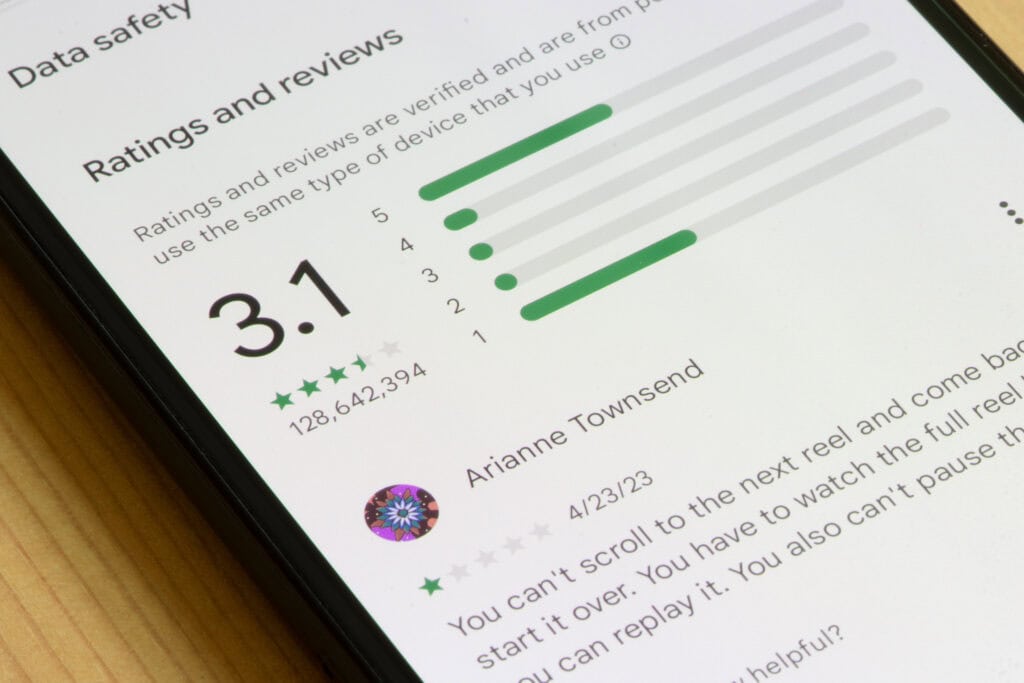
Online reviews will continue to be a cornerstone of inbound marketing success in 2026. According to BrightLocal’s review research, 74% check at least 2 review sites before making decisions and 53% want to read reviews that share positive experiences. Managing your online reputation is no longer optional – it’s essential for attracting and converting customers.
What makes review management powerful in 2026 is how it intersects with other inbound marketing channels. Google reviews now directly impact your SEO performance, while social media platforms like Facebook have evolved their review features to create more engaging, trust-building experiences.
Key Strategy Elements:
- Focus your review collection efforts on one platform at a time to avoid overwhelming customers
- Respond to all reviews – 89% of consumers are more likely to choose businesses that engage with their reviews
- Use automation tools wisely – modern consumers are increasingly comfortable with AI-generated review responses
- Integrate review management into your broader inbound strategy by showcasing positive reviews across your marketing channels
Getting started with review optimization? Focus first on Google Business Profile (formerly Google My Business), as it offers the strongest SEO benefits and widest reach. Then expand to industry-specific platforms and social media based on where your target audience is most active.
5. AI-Powered Chat and Messaging Solutions
In 2026, chatbots and messaging apps have evolved far beyond simple automated responses. Today’s AI-powered chat solutions offer personalized, intelligent interactions that blend automation with human-like understanding. According to Salesforce, 95% of customer interactions will occur through AI-driven conversational marketing by 2026.
In 2026, these chat systems are smarter and more intuitive, adapting their communication style to each user. Rather than just providing quick automated responses, modern chatbots engage in contextual conversations that understand and anticipate user needs.

While platforms like HubSpot continue to offer robust chat solutions, the focus in 2026 is on AI-powered systems that can deliver truly personalized interactions at scale. The goal is to meet the instant gratification expectations of modern consumers while providing genuinely helpful, contextually aware support.
Remember: The key to success isn’t just implementing chat features – it’s ensuring they enhance rather than frustrate the customer experience. As AI technology continues to advance, businesses must stay current with these tools to remain competitive in the instant-response economy of 2026.
6. Interactive Walkthroughs
While user interfaces continue to become more intuitive, businesses are finding that guided experiences significantly reduce learning curves and increase customer satisfaction.
Modern walkthroughs go beyond simple tooltips, offering personalized, self-paced learning experiences that adapt to each user’s needs. Whether it’s software onboarding, product tutorials, or service explanations, interactive step-by-step guidance helps customers get maximum value from your offerings quickly.
Implementation Strategy:
- Create adaptive pathways that adjust based on user behavior
- Incorporate multimedia elements like video and interactive demos
- Enable users to set their own pace and choose their learning path
- Track completion rates and user feedback to optimize the experience
Interactive walkthroughs aren’t just for digital products – businesses are successfully applying this approach to physical products and services through augmented reality guides and interactive video content. The key is making complex information digestible and engaging while empowering users to learn at their own pace.
7. Case Studies and Website Content
In 2026, businesses will continue leaning into the strategic use of freely accessible (ungated) content. Case studies, along with blogs, educational videos, and podcasts, have become cornerstone elements of successful inbound marketing strategies. This approach follows the ‘attract, engage, delight’ methodology, focusing on building relationships through valuable, easily accessible content.
Case studies serve as powerful trust signals, showing potential customers real-world applications and results. When combined with other forms of content like educational articles, video tutorials, and industry insights, they create a comprehensive resource library that naturally draws prospects into the sales funnel.
SEO Blogging and Content
In 2026, E-E-A-T is here to stay. The key is creating high-quality, transparent content that provides genuine value, trust, and experiences. Blogging is not only important for traditional search engines, but many AI search engines cite blogs. As Generative Engine Optimization (GEO) is becoming more integrated into our digital marketing strategies, content needs to be built with this in mind. We recommend having well-organized content so that AI can easily navigate between different sections and pull the right information.
We also suggest having less focus on keyword density when you’re writing content, and more focus on intent clusters and entity relationships. What does this mean? Essentially, make sure you’re thinking about the longtail keywords relevant to your content.
Rather than focusing on immediate lead capture, successful brands are building trust through freely shared expertise and real-world success stories. This approach naturally encourages engaged prospects to reach out when they’re ready to take the next step.
Best Types of Content Marketing:
- Blog Posts/Short Articles
- Email Marketing
- Case Studies
- Videos (pre-produced)
- Virtual Events/Webinars/Online Courses
- Infographics/Charts/Photos
- Ebooks/Guides
- White Papers
- In-Person Events
- Long-form Text (e.g., articles 3,000+ words)
- Videos (livestreaming content)
- Research Reports
- Podcasts
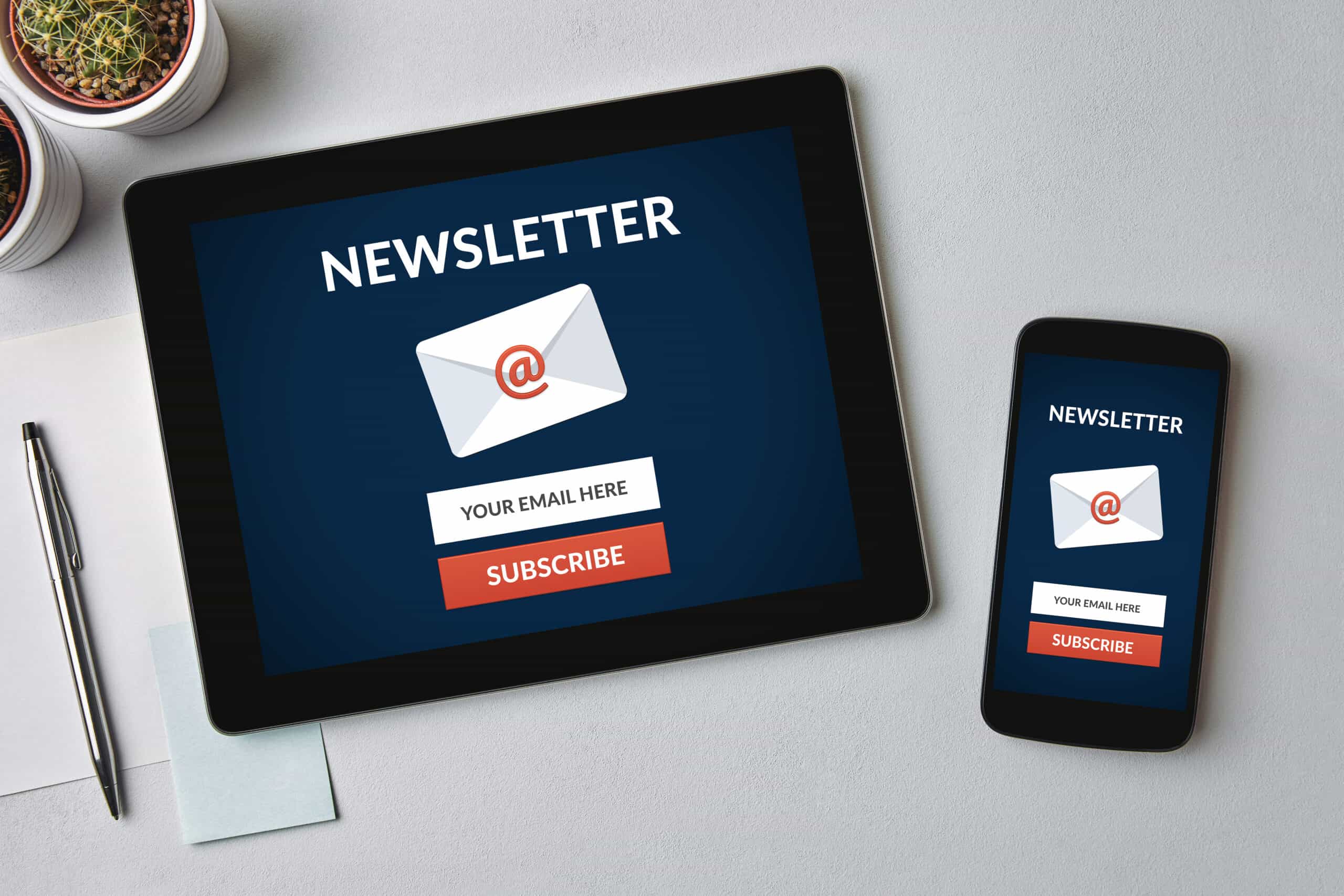
8. Marketing Automation Gets Smarter
Marketing automation in 2026 is powered by AI and personalization. It isn’t just about streamlining tasks – it’s about creating seamless, multi-channel customer experiences that convert. By bringing marketing and sales together through intelligent automation, businesses can engage customers more effectively across email, text, chat, and social platforms.
What’s New in 2026:
- AI-powered automation now enables real-time personalization across all channels
- Marketing and sales teams are using unified automation platforms to create cohesive customer journeys
- SMS marketing has emerged as a powerful channel, with companies like Podium reporting significantly higher engagement rates compared to traditional email campaigns
Building an Effective Automation Strategy:
Text and chat automation have become essential components of any modern marketing strategy. Time-sensitive communications work best through SMS, while chatbots provide immediate customer engagement. Automated follow-ups based on customer interactions keep the conversation flowing naturally.
Implementation Tips:
- Start with a clear automation strategy that defines goals and KPIs
- Choose a robust CRM platform that supports multi-channel automation
- Choose a robust CRM platform that supports multi-channel automation
- Test and optimize your automated workflows regularly
- Use segmentation to ensure messages remain relevant
- Monitor engagement metrics across all channels
Tools like HubSpot now offer integrated platforms where you can manage email, SMS, and chat automations from one place. The key to success in 2026 is using these tools to create personalized, timely interactions that feel natural to your customers, regardless of the channel.
9. Strategic Agency Collaboration
In 2026, small to mid-size businesses are collaborating with digital marketing agencies that specialize in AI integration, omnichannel optimization, and data-driven strategies. As marketing technology becomes increasingly complex, rather than trying to master increasingly complex tools and practices in-house, agencies offer specialized expertise and resources that would be costly to maintain.
Modern agencies provide flexible, scalable services that adapt to changing business needs, making them an efficient solution for companies looking to stay competitive in the digital landscape.
Final Word: Inbound Marketing Trends in 2026
The most expansive trends are inbound marketing automation, multi-channel search strategy, and increasing personalization through the use of data. Now is the time to evolve your marketing strategies and team makeup to make the most of these changes and build more sales in 2026.
Looking for help with your internet marketing? Contact the Raleigh SEO and internet marketing professionals at TheeDigital in Raleigh, NC at 919-341-8901 or schedule a consultation
Tags: Digital Marketing • Inbound Marketing

